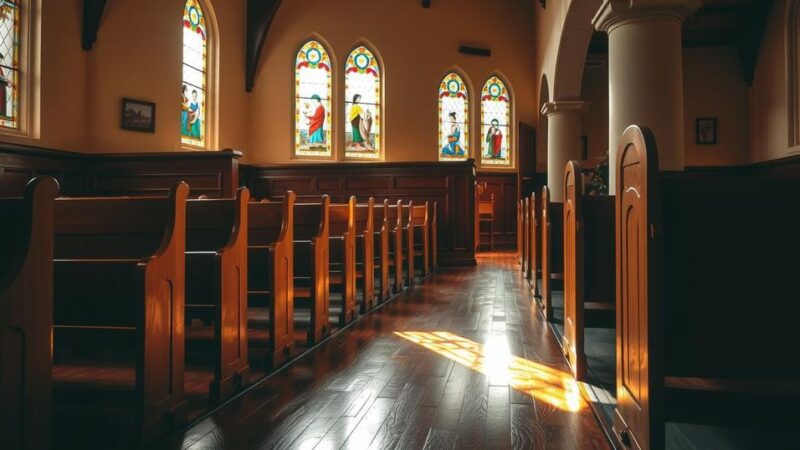In an effort to curb illegal logging and enhance sustainability, the Brazilian government aims to expand timber management concessions in the Amazon by 2026, while introducing forest restoration efforts. Despite legislation being in place since 2006, progress is lagging, with only a fraction of targeted forest areas granted. Concerns exist regarding the potential efficacy of such initiatives in generating carbon credits, as challenges of illegal logging and community interests complicate management efforts.
In 2006, the Brazilian government, under President Lula da Silva, enacted the Public Forest Management Law to regulate logging, especially in the Amazon. This law established a framework for forest management, involving selective removal of market-valued tree species, and ensuring that the same area is not logged again for 30 to 40 years to allow regeneration. Currently, the government aims to significantly expand the area of federal forest concessions by 2026, almost quadrupling the existing concessions to enhance forest management objectives.
Forest management has often been misunderstood by indigenous communities, who do not see it as a means of conservation. Deforestation levels escalated in the early 2000s, prompting the government to consider timber management as a solution to environmental destruction. The Brazilian Forest Service (SFB) was established under the 2006 law to oversee management concessions and ensure compliance with environmental regulations.
Timber extraction in sustainable forest management typically involves removing three to six trees per hectare, with strict guidelines in place to protect endangered species and minimize ecological damage. Each concession area is strategically divided into Annual Production Units (UPAs) that may only be harvested once every 30 to 40 years. Despite the legislation being in effect for nearly two decades, progress has been slow, as only 1.3 million hectares of the projected 44 million hectares have been allocated for concessions.
The federal government has ambitious plans to reach 5 million hectares of timber management concessions by 2026 and introduce forest restoration initiatives. Collaborations with organizations like Imaflora seek to stimulate economic development in local communities through forest management. Legislation promoting carbon credit trading for forest conservation is also anticipated to improve the attractiveness of these concessions.
Nevertheless, there are concerns about the actual efficacy of forest management in generating carbon credits. Critics argue that timber extraction is prioritized over carbon capture, potentially diminishing the effectiveness of carbon credits as an incentive for sustainable practices. Furthermore, ongoing challenges such as illegal logging and the lack of legal status for many public lands hinder the effectiveness of forest management initiatives.
While the expansion of forest management areas is a step toward combating illegal logging, it necessitates addressing conflicting interests among traditional communities and various governmental agencies. The complexities involved in reaching agreements on logging projects reflect a deep-seated need for consensus in managing Amazonian resources sustainably. There remains a pressing call to emphasize forest conservation and recognize the intrinsic value of these ecosystems, rather than viewing them solely from an economic perspective.
The Brazilian government’s renewed focus on forest management seeks to enhance sustainability in the Amazon by increasing timber management concessions and restoring degraded lands. While aiming to address illegal logging and improve local economies, significant obstacles remain, including navigating complex social dynamics and ensuring environmental adherence. It is essential to prioritize both economic viability and ecological sustainability to preserve the integrity of these precious ecosystems.
Original Source: news.mongabay.com






